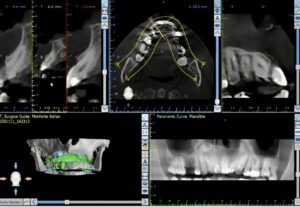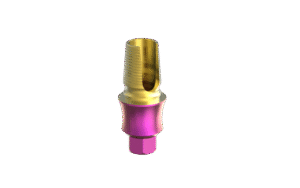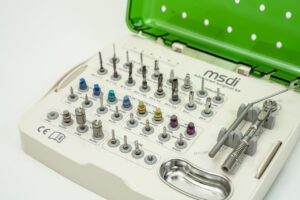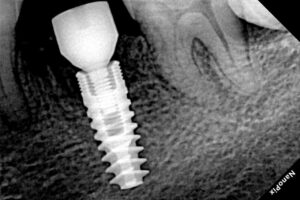Is Internal Hex connection still relevant in modern implantology?
In short – Yes.
In long – keep reading 🙂
In today’s implantology, connection design has become a central topic of discussion. From conical and hybrid systems to external and Morse taper interfaces, new designs are introduced with promises of improved performance. Yet, one question remains consistent among clinicians and researchers: Is the internal hex connection still relevant?
The answer, supported by clinical evidence and decades of success, is yes.
Despite newer alternatives gaining traction, the internal hex connection remains a clinically sound, cost-effective, and globally preferred option.
Here are 6 (hex) reasons why it continues to be widely used in 2025:
1. Clinical Simplicity and Proven Track Record
The internal hex design is favored by many practitioners due to its simplicity and predictability. Its intuitive surgical and prosthetic workflows make it a practical choice for everyday procedures.
A multicenter randomized controlled trial comparing internal hex and conical connections over three years found no significant differences in marginal bone loss, peri-implant health, or clinical complications, confirming both systems are clinically effective [1].
2. Modern Prosthetic Design Has Evolved
While the connection interface plays a role, today’s prosthetic design improvements are one of the main drivers of clinical success. High-quality internal hex systems now offer advanced emergence profiles, better soft tissue support, and more esthetic outcomes than ever before.
As long as the implant brand offers a modern prosthetic system, the connection type does not limit restorative success.
3. Implant Body and Surface Matter More
Implant success is multi-factorial. Beyond the connection, elements such as macrogeometry, thread design, and surface treatment significantly influence osseointegration and long-term outcomes.
In this context, the internal hex is often simply a matter of preference. The evidence suggests that implant body design and surface characteristics play a more critical role than the connection itself.
4. Compatibility and Global Availability
Internal hex remains the most widely used connection globally, which is highly relevant for both clinicians and patients.
Its widespread use ensures greater availability of compatible components, including abutments, analogs, and restorative parts, making internal hex systems particularly beneficial in cases where implant provenance is unknown or when international parts are needed.
A systematic review analyzing over 45,000 implants across multiple connection types concluded that internal hex designs showed comparable survival and marginal bone outcomes to conical designs, with added benefits in availability and restorative flexibility [3][4].
5. Cost-Effectiveness for Clinics and Patients
Due to its global adoption and the number of competing manufacturers, internal hex systems have become some of the most cost-effective options on the market. This affordability does not come at the expense of quality, as many systems meet or exceed clinical expectations.
Clinics benefit from reduced overhead, and patients gain access to affordable, evidence-based treatment solutions.
6. No Proven Superiority of Conical Connections
Although conical or Morse taper connections are often promoted for their sealing ability and mechanical stability, clinical evidence to date does not demonstrate a statistically significant advantage over internal hex designs.
Multiple long-term clinical trials and meta-analyses report similar implant survival rates and marginal bone levels between the two connection types. A five-year follow-up across multiple studies found no significant differences in clinical outcomes [5][6][7].
Additionally, mechanical testing has shown that internal hex connections provide high compressive strength, even surpassing some hybrid Morse taper designs under in vitro loading conditions [8].
Conclusion
The internal hex connection remains highly relevant in 2025, backed by decades of clinical success, robust research, and continued product innovation. While newer designs offer potential benefits, the internal hex delivers consistent results, wide compatibility, and economic advantages, especially when paired with a well-designed implant system.
It is not outdated – it is proven. For clinicians seeking reliable outcomes and flexibility without added complexity or cost, internal hex remains a leading choice in implant connection design.




